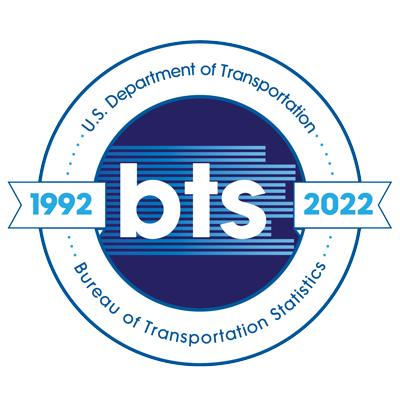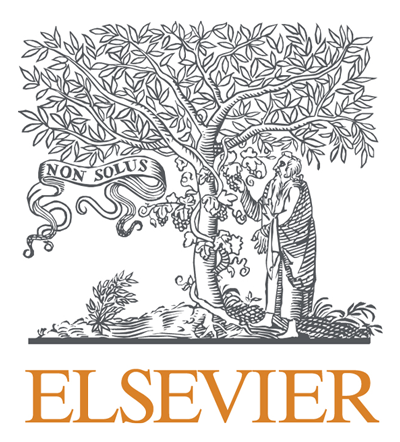A time interval metric for cumulative opportunity accessibility
Topics:
Keywords: Accessibility, Travel time, Time interval, Inequalities, Equity, MTUP, Project evaluation
Abstract Type: Virtual Paper Abstract
Authors:
Diego Bogado Tomasiello, Institute for Applied Economic Research – Ipea
Daniel Herszenhut, Institute for Applied Economic Research – Ipea
João Lucas Albuquerque Oliveira, Institute for Applied Economic Research – Ipea
Carlos Kaue Vieira Braga, Institute for Applied Economic Research – Ipea
Rafael H. M. Pereira, Institute for Applied Economic Research – Ipea
,
,
,
,
,
Abstract
Cumulative accessibility measures capture the number of opportunities that can be reached within a given travel time threshold. They have become the most commonly used metric in transport research and planning because of how simple it makes to calculate and communicate accessibility results. However, cumulative opportunity measures require an ad-hoc choice of a single travel time threshold, which can importantly influence the conclusions of transport project evaluations and equity analyses. Here we introduce the time interval cumulative accessibility measure, a new accessibility metric that mitigates the impacts of arbitrary choices of trip duration on cumulative accessibility analyses while keeping its computation and communicability advantages. The proposed indicator estimates the average or median number of opportunities that can be reached considering multiple minute-by-minute travel-time cutoffs within a given travel time interval. We demonstrate the new metric in a case study assessing the future accessibility impacts of a planned subway expansion in Fortaleza, Brazil. Using sensitivity analyses with Monte Carlo simulations, we demonstrate that the selection of travel time thresholds can substantially bias accessibility estimates, with important implications for equity analyses. We also show that the proposed time interval cumulative opportunity metric makes the results of accessibility estimates and inequality analyses significantly less sensitive to ad-hoc methodological choices while yielding results that are very similar to those found with traditional threshold-based cumulative measures. Future transport research and planning could greatly benefit from the proposed time interval cumulative opportunity measure as it provides more robust accessibility estimates without compromising the communicability of results.
A time interval metric for cumulative opportunity accessibility
Category
Virtual Paper Abstract








